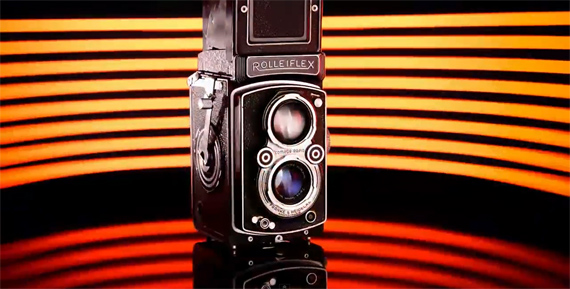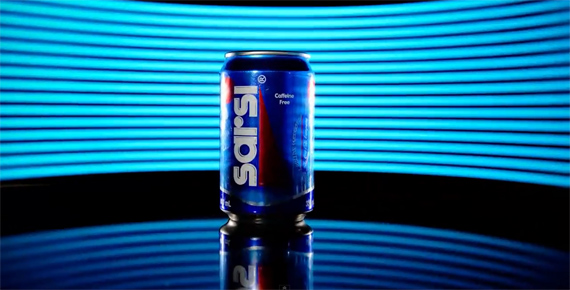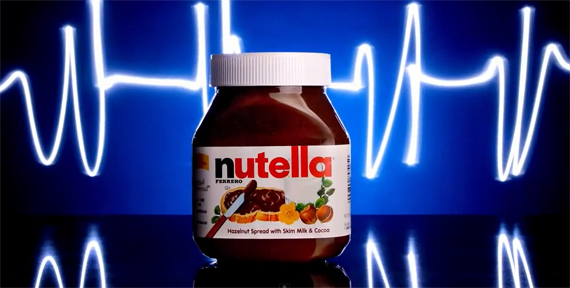With the millions of product photos floating around television and the Internet, it’s easy for one product photographer’s carefully-crafted work to get lost in the masses of other images. Simply put—it’s hard to get your work to stand out.
Photographer Laya Gerlock uses light painting to set his product photography apart, but instead of using fireworks or steel wool, Gerlock light paints with his “gadgets”—meaning his Apple iPhone and iPad. In this video tutorial, Gerlock demonstrates his technique:

As an avid light painter and a strong believer in the value of experimentation, Gerlock is always on the lookout for new light painting techniques. It occurred to him one evening to try the technique using only his iDevices and, after finding an application that provided interesting patterns for use as a catchlight, Gerlock experimented and developed a streamlined process for the technique.
1. Gather the necessary materials: a tripod, a table to set the product on, a flashlight or a touchscreen phone, a tablet or some other larger hand-held light source, and a dark room.
2. Adjust your camera settings for appropriate shutter speed, ISO, and aperture. A shutter speed of at least 10 seconds will allow for ample light painting time. ISO should be kept as low as possible to minimize film grain, but ISO, along with aperture and most other aspects of light painted photography, is often a trial and error endeavor.
“Normally, my starting point is 20 sec [shutter], ISO 200, f/8, but I change the aperture or the time depending on how well the exposure is,” said Gerlock. “The longer you light an area, the more light it will get, resulting in brighter exposure.”
3. Set up your camera on the tripod and pre-focus your lens on the subject in manual mode. Using manual mode will allow you to press the shutter while the lights are off without frustrating the auto focus.
4. Completely darken the room using whatever means necessary. Stuffing towels under doors, hanging thick blankets in front of windows or covering windows with tin foil are good ways to block out unwanted light.
5. Turn out the lights and experiment! Use the touchscreen phone or flashlight to gently light the product and pass the larger light source such as the tablet behind the product to create the background light pattern.
“I played around with just only using my iPad as my background and then [used] flash for my main light,” Gerlock said. “Different patterns will create different backgrounds—experiment!”



Gerlock lives in the Philippines, where he works as a portrait and product photographer. Backed by a spiffy degree and merit award from the NYIP, Gerlock teaches studio photography workshops and “doesn’t hesitate” to share his secrets with his students.
For further training, ending soon: Trick Photography & Special Effects at 60% Off
Like This Article?
Don't Miss The Next One!
Join over 100,000 photographers of all experience levels who receive our free photography tips and articles to stay current:







Great article. Very imaginative. I am certainly going to give it a whirl.